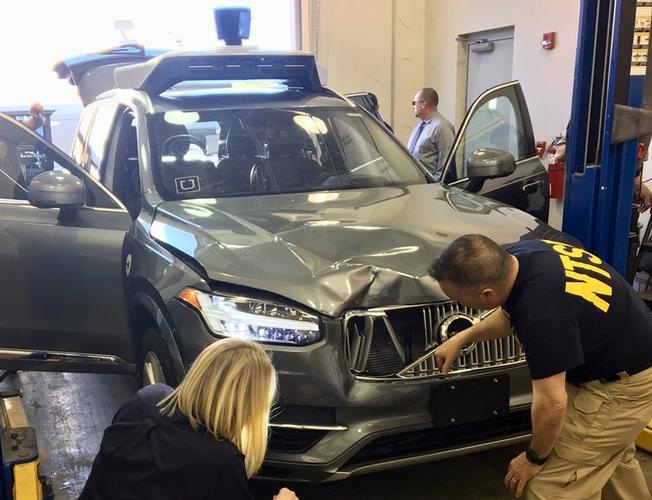
The timing couldn’t have been worse. Last month, a matter of hours after an Uber self-driving car hit and killed a pedestrian in Arizona, the biggest trial of automated vehicle technology was launched on New South Wales roads.
In the wake of the incident, in which 49-year-old Elaine Herzberg, who was walking her bike across the road at the time was fatally injured, Uber suspended its autonomous vehicle trials taking place in four US cities.
As Tempe Police released shocking dashcam footage of the crash, other autonomous vehicle firms running trials on public roads followed suit. Toyota and self-driving startup nuTonomy temporarily halted testing, as did Nvidia.
The six month trial in NSW – which involves toll road giant Transurban, Transport for NSW, and the state’s Roads and Maritime Services – proceeded as planned.
On launch day NSW Roads Minister Melinda Pavey told 2GB radio: "We shouldn't be scared of the future".
Others, however, are less at ease sharing Sydney’s roads with a fleet of Connected and Automated Vehicles (CAVs).
Following the Uber tragedy, Transport Workers’ Union National Secretary Tony Sheldon called on governments in Australia to adopt “mandatory ethical rules” before the technology develops further.
Tempe Police Vehicular Crimes Unit is actively investigating
— Tempe Police (@TempePolice) March 21, 2018
the details of this incident that occurred on March 18th. We will provide updated information regarding the investigation once it is available. pic.twitter.com/2dVP72TziQ
“There is a need to regulate this space early and decisively in Australia to ensure that we are not led down this dangerous and morally hazardous path. Humans must be in control of these critical decisions,” he said.
How safe are the vehicles currently being trialled along the Lane Cove Tunnel, the Hills M2 Motorway, Westlink M7, the M5, Eastern Distributor, the Sydney Harbour Bridge and Sydney Harbour Tunnel?
Could an autonomous vehicle death happen on Australian roads?
Another level
Not all CAVs are the same. Their level of automation is classified on an internationally agreed scale, developed by the Society of Automotive Engineers, which runs from zero to five.
Zero on the scale refers to No Automation, meaning the human driver performs all aspects of the driving even when it is with the assistance of warning systems. Level five is Full Automation, meaning the vehicle steers, accelerates and decelerates, while monitoring its environment, without any human intervention.
“The vehicles being used for these trials are classified as level two partial automation and are already driven on Australian roads and comply with existing Australian Design Rules and road safety regulations,” Transurban told CIO Australia.
Essentially, level two involves systems that can be switched on to assist the human driver in both steering and acceleration/deceleration using information they gather from their surroundings.
These advanced driver assistance systems (ADAS) include features like automatic emergency braking and lane assist which can already be found in 24 million vehicles around the world. Some 150,000 of them are on NSW roads.
In the Uber incident, according to Bloomberg, the standard collision-avoidance technology which comes as standard in the Volvo XC90 SUV being used, had been disabled. The US National Transportation Safety Board (NTSB) is still investigating.

If that is the case, Uber would then have been using its own sensors and software to achieve autonomous driving, an action which was criticised by Amnon Shashua, CTO of ADAS software maker Mobileye.
“While these [advancing AI and deep neural networks] techniques are helpful, the legacy of identifying and closing hundreds of corner cases, annotating data sets of tens of millions of miles, and going through challenging pre-production validation tests on dozens of production ADAS programs, cannot be skipped,” he wrote.
Join the CIO Australia group on LinkedIn. The group is open to CIOs, IT Directors, COOs, CTOs and senior IT managers.
